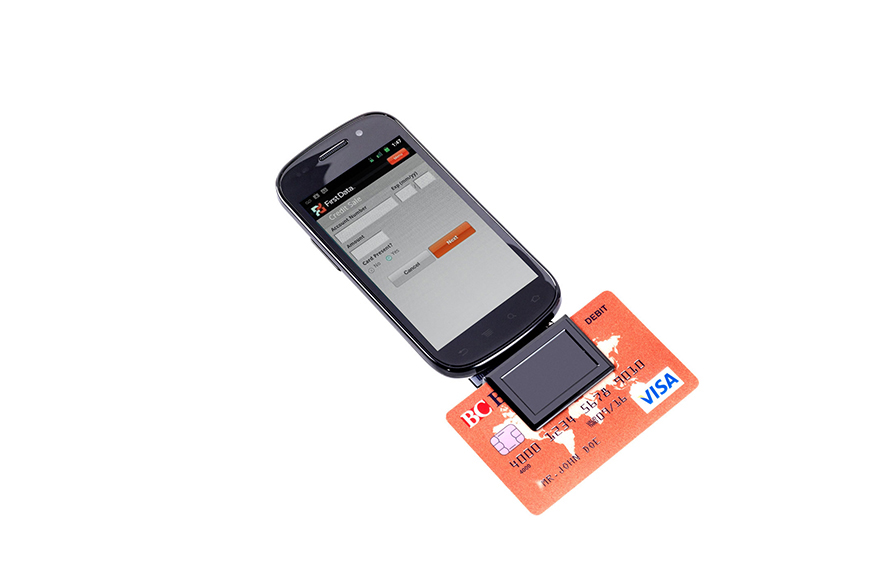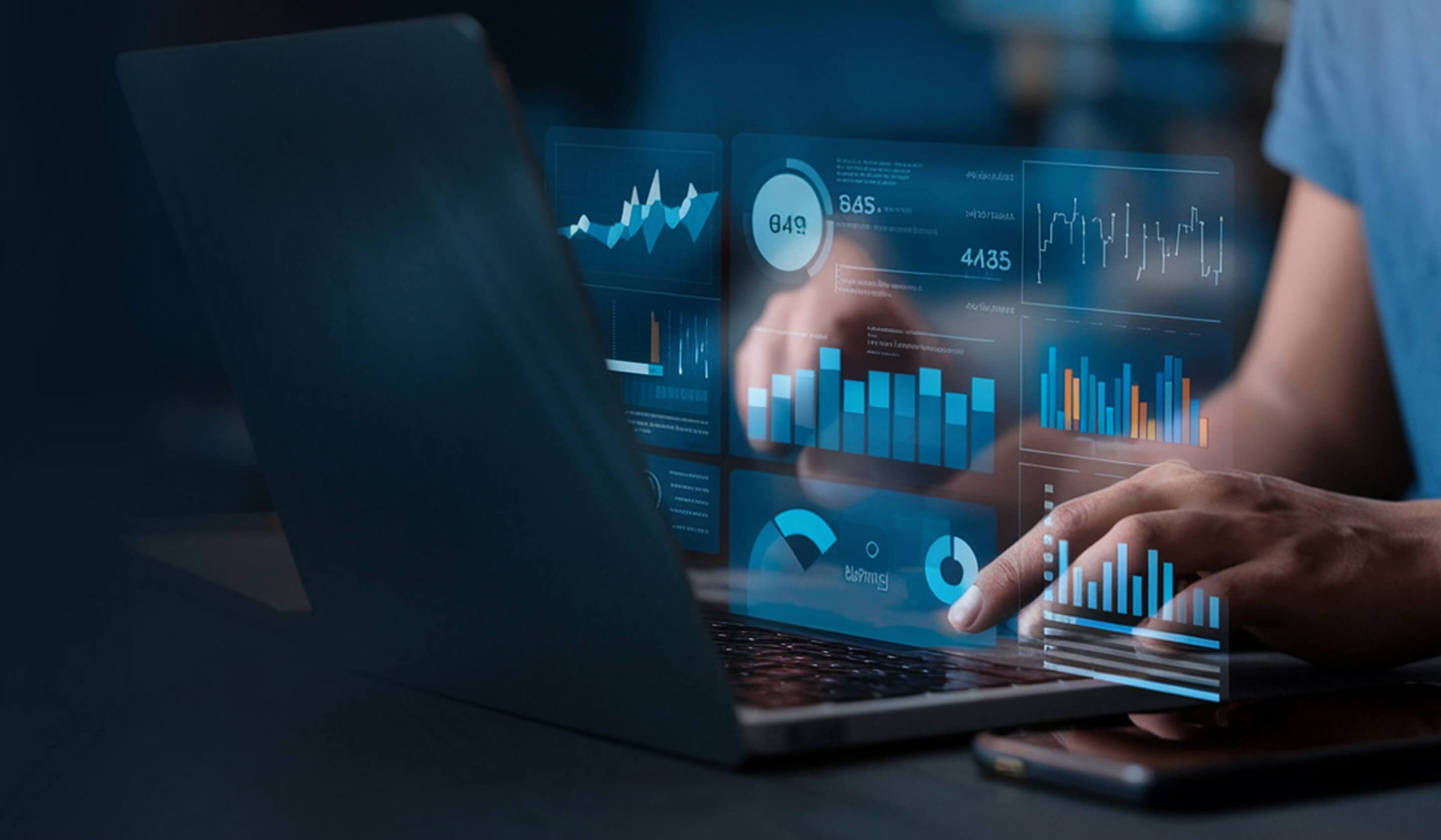• Mobile payments is in an early adoption phase, much like the smartphone market was in the early 2000s
• Mobile payments generate volumes of consumer point-of-sale data that businesses must have the ability to collect, mine and analyze for insights that can inform marketing and sales decisions
• Like smartphones, digital payments will become the next major disruptive technology in our lives
Digital transformation changes how we interact with technology, and disrupts even routine activities that seem lasting and permanent fixtures in life. Maps stuffed in the car’s glove compartment were made obsolete by GPS. Adjusting a home’s thermostat on a hot day can now be automated by smart devices. And, autonomous car-maneuvering systems now installed in some vehicles have even eliminated the dreaded task of parallel parking.
How we pay for things is also remarkably different, and evolving rapidly. Big brands, such as AmEx and Apple Pay, have partnered on mobile payments, while banks and FinTech companies like Square have rolled out their own payment platforms and apps. Each of these payment providers is seeking to deliver an experience that’s simple, fast and personal, with the intention of garnering loyalty.
A recent Accenture survey of 4,000 North American consumers found that most respondents (67 percent) still use cash in most transactions, followed by debit cards (59 percent) and credit cards (50 percent). That survey also found that while there has not been a groundswell in digital payments adoption, 16 percent of consumers had already used PayPal, and 14 percent had downloaded and used a retail mobile payment app.
Another survey by Citi Retail Services found that consumers are slowly warming to the idea of digital payments as their primary means of payment. Forty-seven percent of respondents said digital payment is easier than paying with cash or a card, and a noteworthy 55 percent of consumers reported that they had used a form of digital payment by the end of 2015. This increased adoption may have something to do with the fact that, according to this survey, concerns about security of such payments had dropped from 52 percent in 2014 to 45 percent at the end of 2015.
Despite this progress, experts are still hesitant to crown mobile payment as king. But with more options for mobile payments, growing consumer trust and enticing rewards from providers for using their apps, businesses can expect that this trend will only escalate through 2020. And, that should be welcome news, because with mobile payments comes new opportunity for marketing and sales.
Of course, there’s always a catch, mobile payments generate volumes of consumer point-of-sale data that businesses must have the ability to collect, mine and analyze for insights that can inform marketing and sales decisions. This new channel of unstructured data poses a challenge to businesses already grappling with siloed or disparate data. The growth trajectory of digital payments will depend as much on whether companies are able to seamlessly utilize the data they gather as the purchasing experience they provide.
That’s where data science comes into the picture. In a world of connected devices, choices dictated by consumers, and fleeting loyalties, companies need to work harder to understand internal and external data, and have their data work harder for them – and they don’t have to go it alone. By using the most sophisticated algorithms, proven solutions-based methodologies and data science that combine Business + Data + Math, companies don’t have to fear this next disruptive wave. The point-of-sale data created by digital payments can teach a business a lot about its market: how many millennials are purchasing their products and services (they’re the biggest adopters of digital payment apps), which products are most popular/in-demand, which rewards are fueling usage, and what marketing offers are yielding the greatest results.
Retailers, financial services providers and consumer goods companies alike can benefit from partnering with data science specialists that can help them understand this data more quickly and efficiently and truly capitalize on this unstructured digital payment data stream.
Mobile payment is in an early adoption phase, much like the smartphone market was in the early 2000s. The notion that everyone would be walking around with a powerful, handheld smartphone with computing power seemed unthinkable even at that time, but in short order it became a reality. Digital payments has the same potential to transform our everyday lives – and your business in the process.



